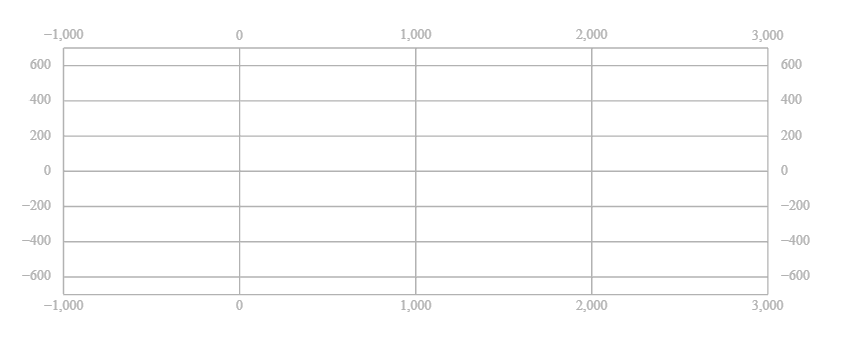In case anyone needs help, you can just extend it like so:
import macro from '@kitware/vtk.js/macros';
import vtkCubeAxesActor from '@kitware/vtk.js/Rendering/Core/CubeAxesActor';
import * as d3 from 'd3-scale';
const faceEdges = [
[8, 7, 11, 3],
[9, 1, 10, 5],
[4, 9, 0, 8],
[2, 11, 6, 10],
[0, 3, 2, 1],
[4, 5, 6, 7],
];
function vtkCustomCubeAxesActor(publicAPI, model) {
model.classHierarchy.push('vtkCustomCubeAxesActor');
publicAPI.update = () => {
if (!model.camera) {
return;
}
// compute what faces to draw
const facesChanged = publicAPI.computeFacesToDraw();
const facesToDraw = model.lastFacesToDraw;
// have the bounds changed?
let boundsChanged = false;
for (let i = 0; i < 6; i++) {
if (model.dataBounds[i] !== model.lastTickBounds[i]) {
boundsChanged = true;
model.lastTickBounds[i] = model.dataBounds[i];
}
}
// did something significant change? If so rebuild a lot of things
if (facesChanged || boundsChanged || model.forceUpdate) {
// compute the edges to draw
// for each drawn face, mark edges, all single mark edges we draw
const edgesToDraw = new Array(12).fill(0);
for (let f = 0; f < 6; f++) {
if (facesToDraw[f]) {
for (let e = 0; e < 4; e++) {
edgesToDraw[faceEdges[f][e]]++;
}
}
}
// compute tick marks for axes
const ticks = [];
const tickStrings = [];
for (let i = 0; i < 3; i++) {
const scale = d3.scaleLinear().domain([model.dataBounds[i * 2], model.dataBounds[i * 2 + 1]]);
ticks[i] = scale.ticks(model.ticksNo);
const format = scale.tickFormat(model.ticksNo);
tickStrings[i] = ticks[i].map(format);
}
// update gridlines / edge lines
publicAPI.updatePolyData(facesToDraw, edgesToDraw, ticks);
// compute label world coords and text
publicAPI.updateTextData(facesToDraw, edgesToDraw, ticks, tickStrings);
// rebuild the texture only when force or changed bounds, face
// visibility changes do to change the atlas
if (boundsChanged || model.forceUpdate) {
publicAPI.updateTextureAtlas(tickStrings);
}
}
model.forceUpdate = false;
};
}
const DEFAULT_VALUES = {
ticksNo: 10,
};
export function extend(publicAPI, model, initialValues = {}) {
Object.assign(model, DEFAULT_VALUES, initialValues);
vtkCubeAxesActor.extend(publicAPI, model, initialValues);
macro.setGet(publicAPI, model, ['ticksNo']);
vtkCustomCubeAxesActor(publicAPI, model);
}
export const newInstance = macro.newInstance(extend, 'vtkCustomCubeAxesActor');
export default { newInstance, extend };
